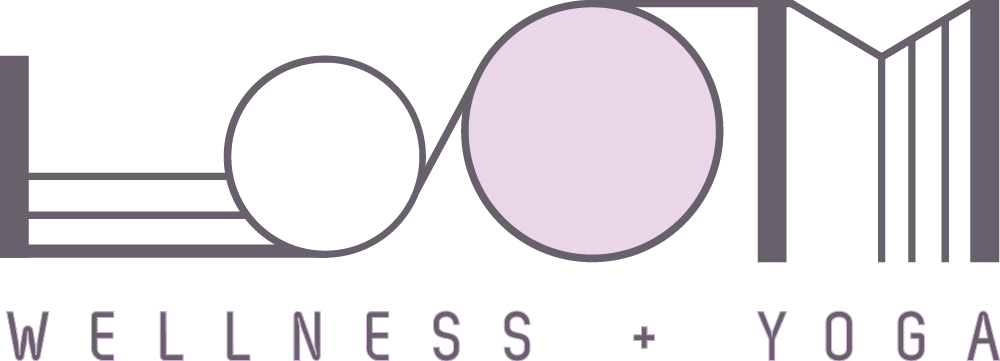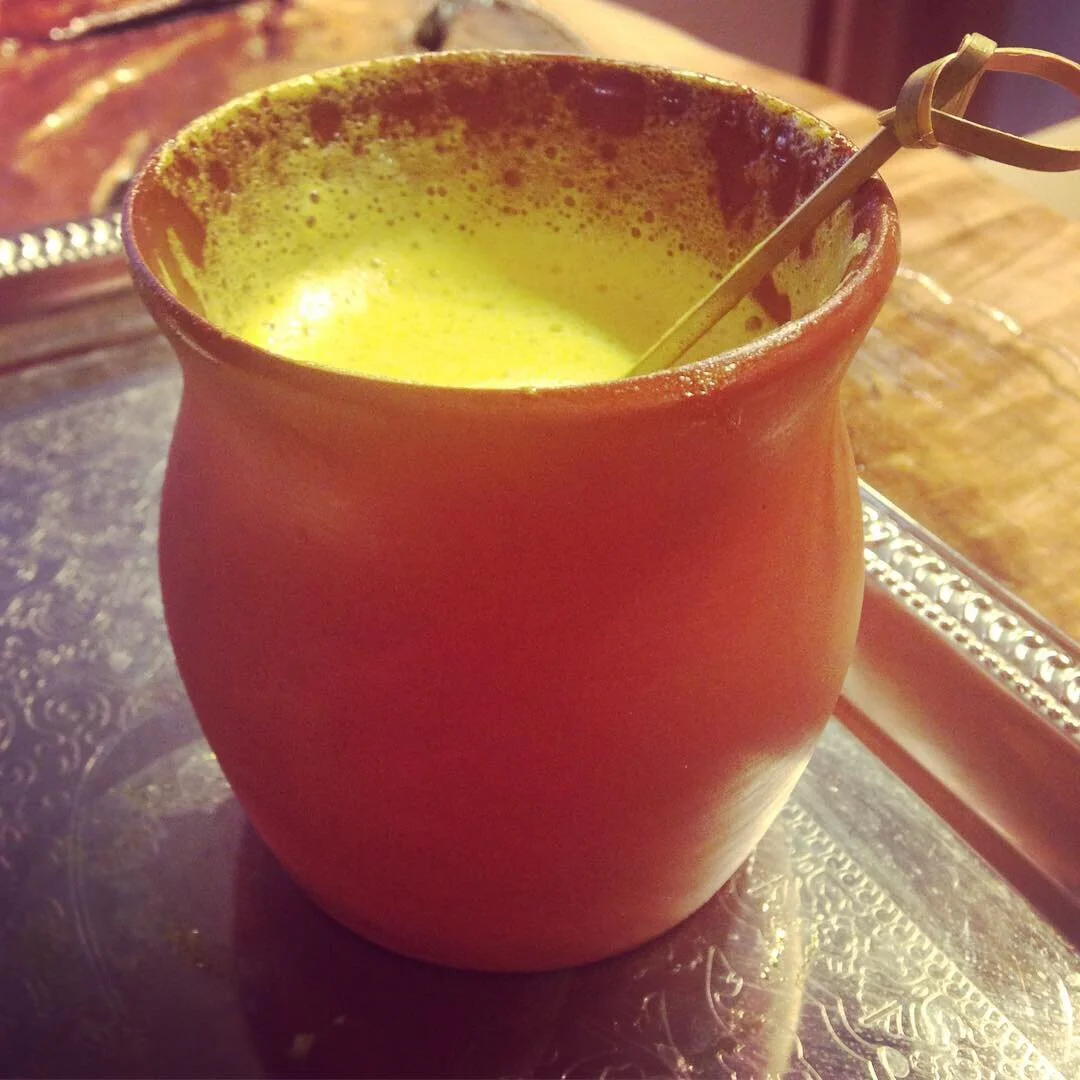AYURVEDA: Spring Renewal Series
Tuesdays, March 2nd - 23rd
6:30-8 PST
Hosted by Source Yoga
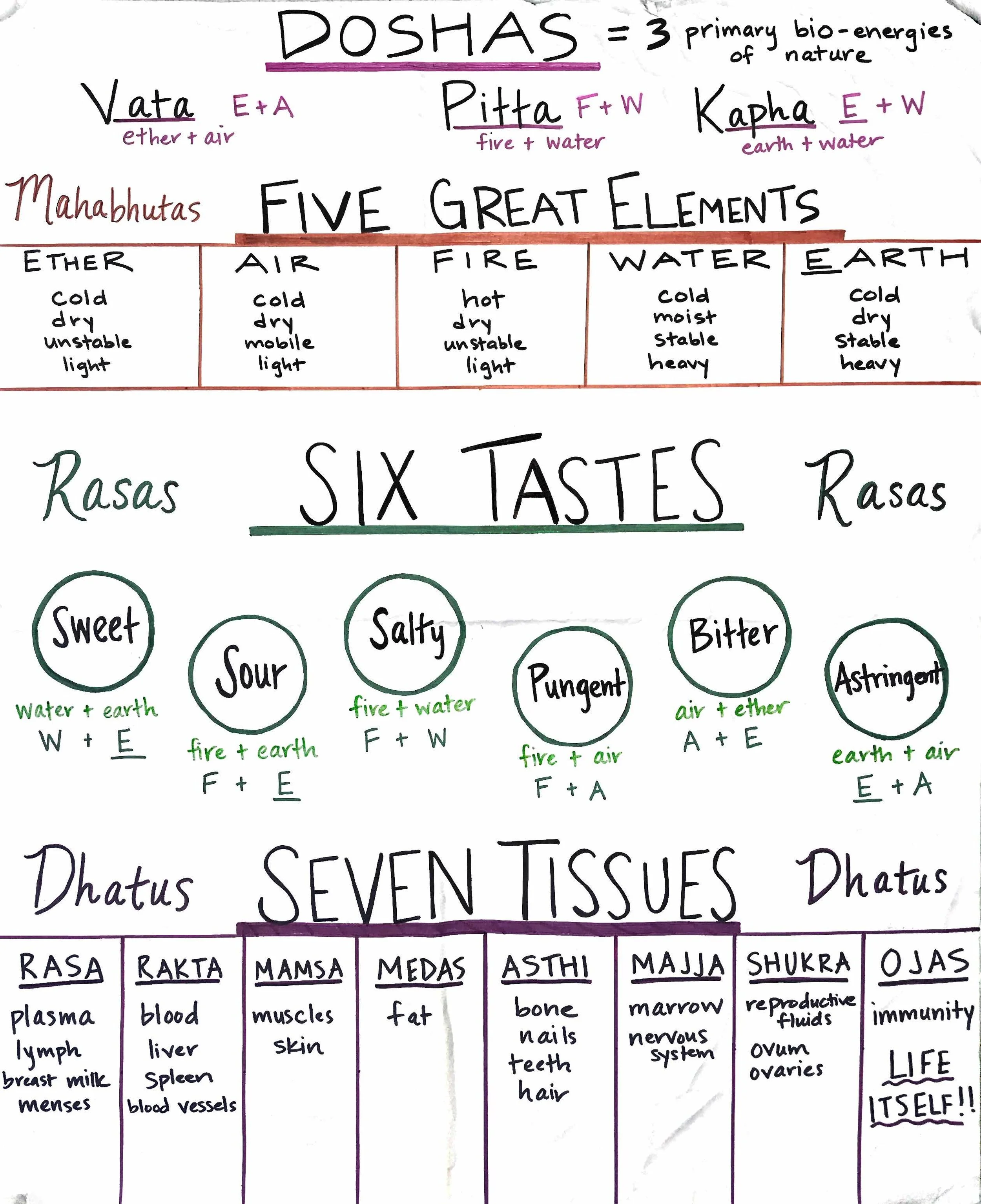
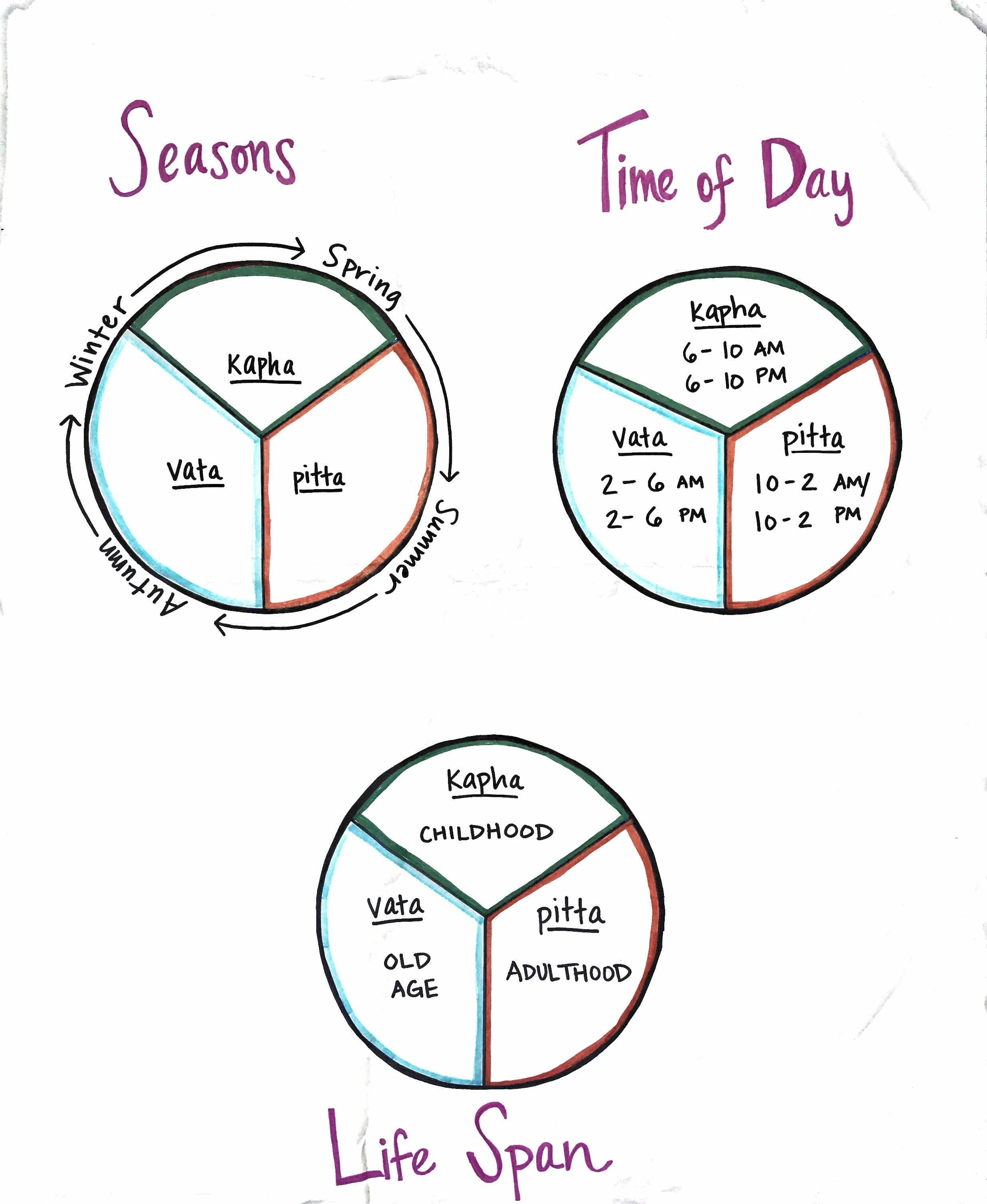
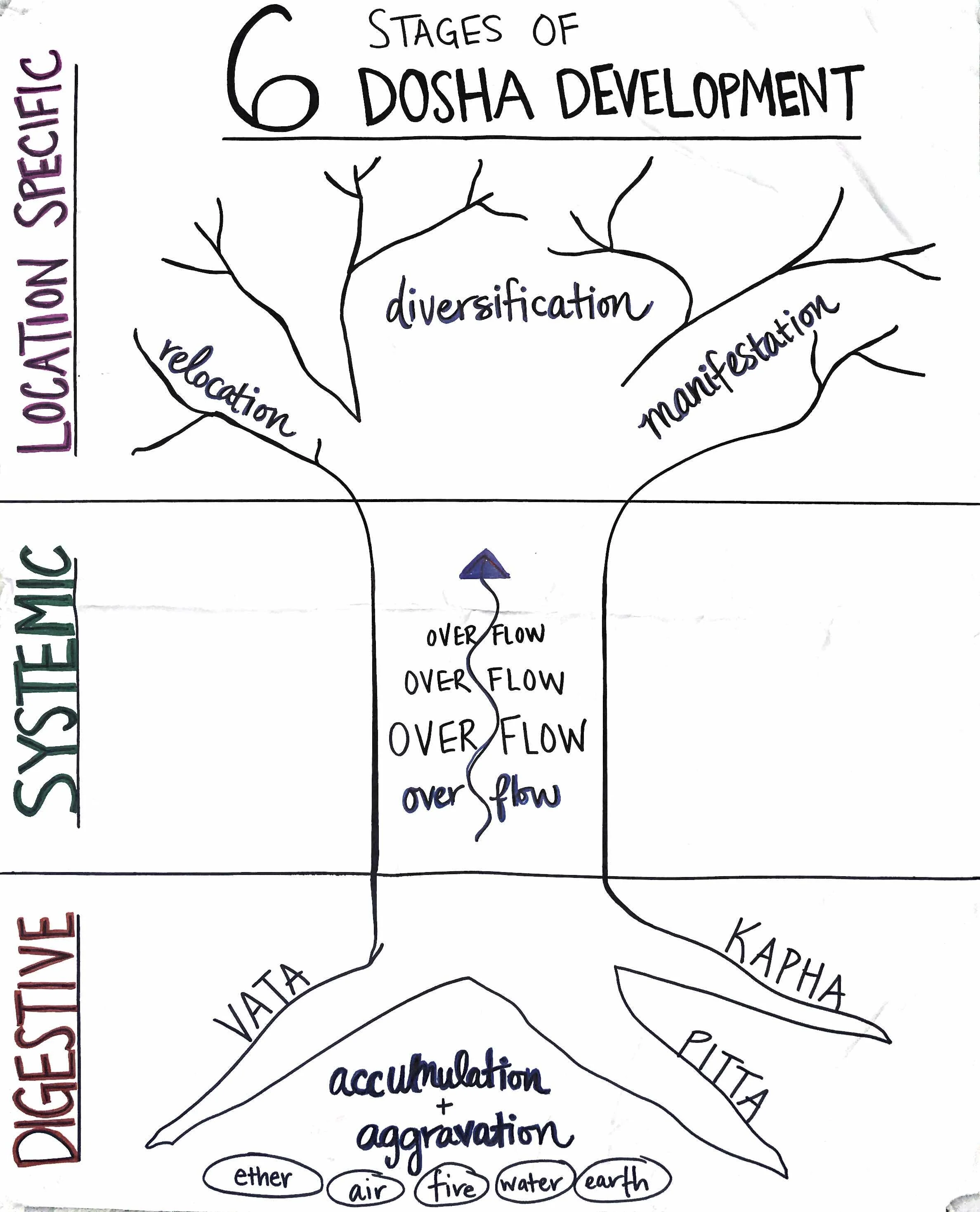
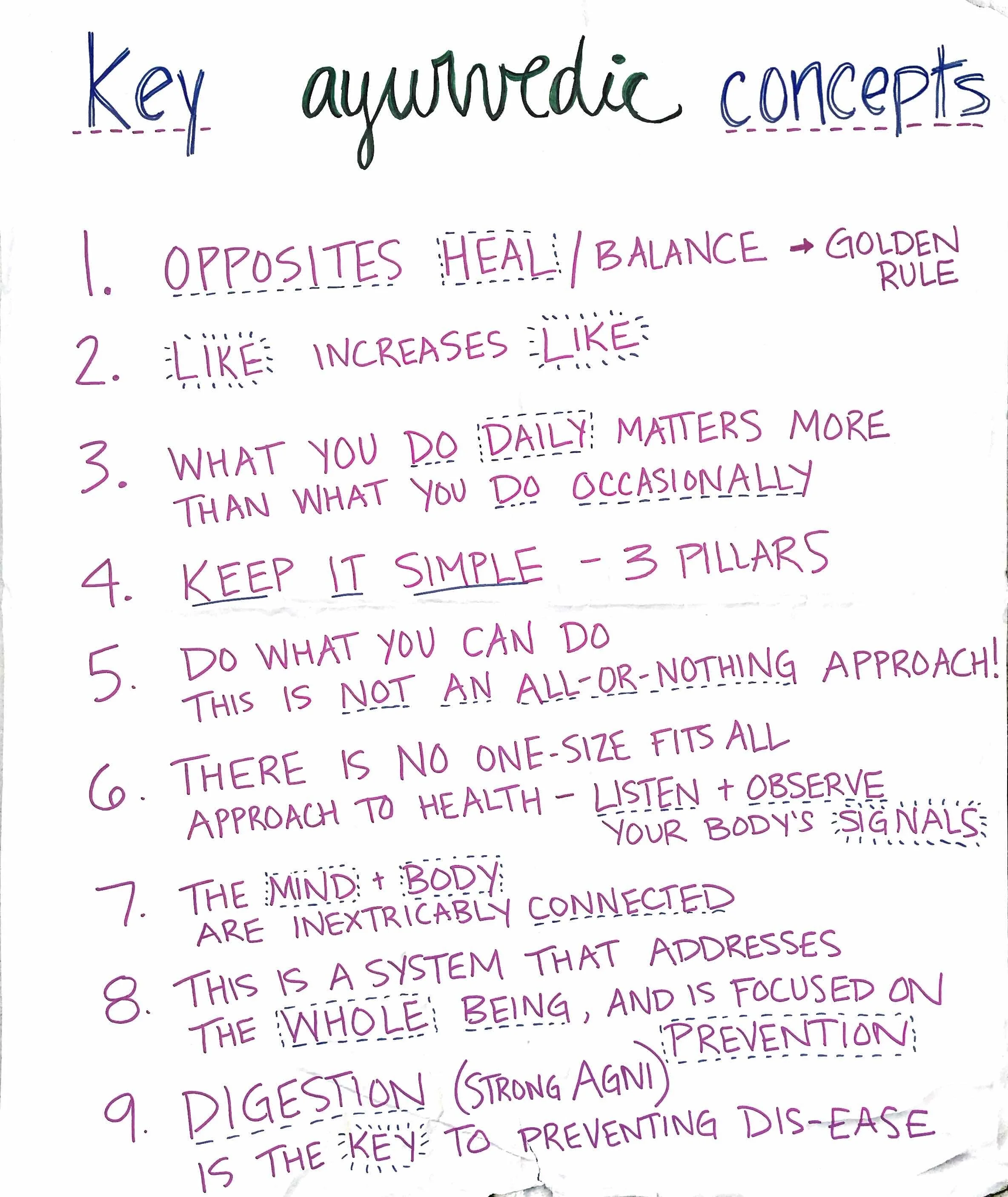
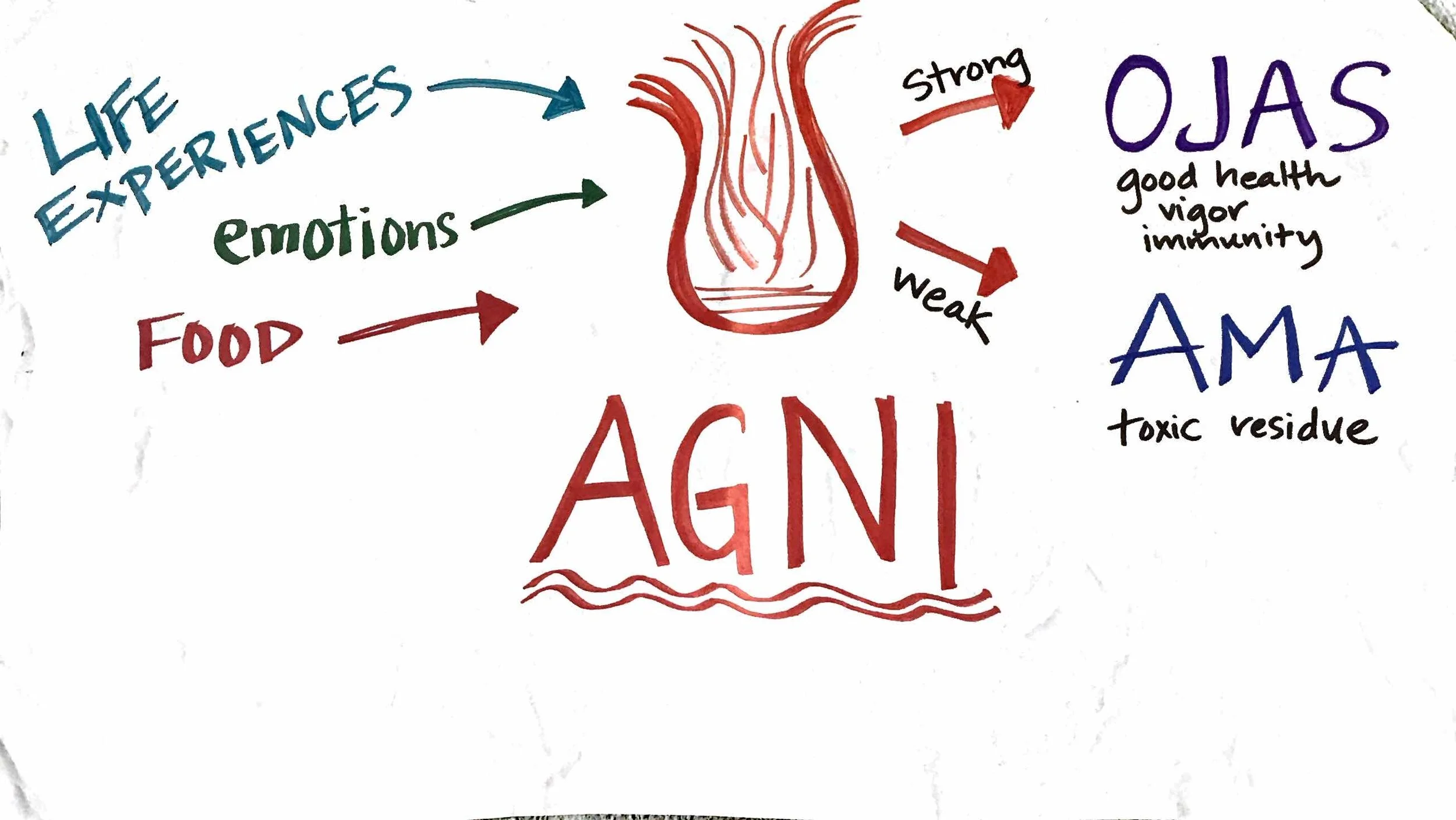
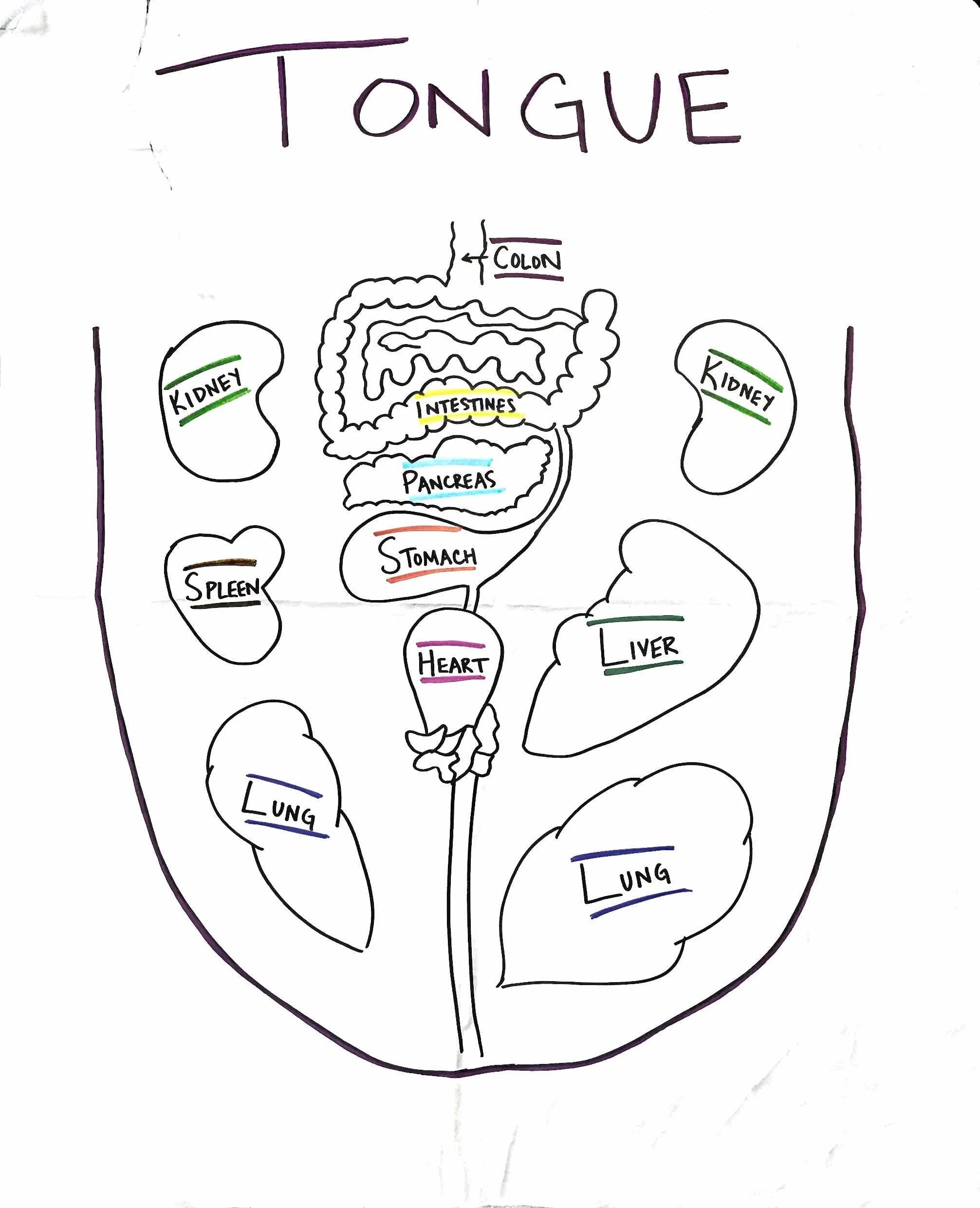
DOSHAS — forces, bioenergies
Generally, those with Vata predominance tend to enjoy spontaneity and movement, but need routine, grounding and reassurance.
Kapha-dominant types enjoy relaxing and routines but need movement, inspiration and motivation.
Pitta types enjoy intensity and achievement, but need moderation, calm and creativity.
This is true in all aspects of the self — for example, those with Kapha predominance may not only require physical movement but also stimulation of the mind (challenges, projects) and new experiences, spontaneity or things that bring joy to fill the heart.
Think also about who is in your life that has qualities that balance yours.
You might feel more gratitude or appreciation for them, as well as for yourself, and what you offer into the world!
P R A K R U T I Q U I Z — original nature / constitution / psycho-biological behavior
Online Chopra Center Quiz (SHORT)
Printable version
Ama Veda Prakruti Quiz (LONGER)
Here is a longer quiz, if you’d like to compare results.
*Make sure to answer the questions how you have been for the majority of your life. This does take some thought and focus to discern. Go with your instinct.
V I K R UT I — present, altered state
If you feel that your current state doesn't reflect your Prakruti, then re-take the quiz, this time from the perspective of what is true for you NOW. The results will illustrate to you your Vikruti (your present state). When compared to your Prakruti quiz, it may be used to determine your current imbalances, and be a guide your own self-healing.
PILLARS OF HEALTH
Optimal health, SVASTHA (being established in one’s self) occurs when there is a proper balance of:
Pillar 1 – Ahara (Diet) Food, Water, Breath, Emotions, Information
Pillar 2 - Sleep
Pillar 3 – Managing Energy (Sex, Love & Relationships & Creativity)
Secondary Pillars:
+ Nature
Watch sunrise and sunset (outdoors if possible) helps increase and then decrease cortisol at appropriate levels
Get Sunlight - the more sun exposure you get during the day, the greater your production of melatonin at night. Melatonin is the body’s circadian sleep hormone.
Fresh Air
Earthing (lay down or barefeet on earth) *good for jet lag too
+ Movement/Exercise
+ Social Connection/Friends
+ Meditation/Silence – powerful medicine for stress management
BOOKENDS
The things you do daily are more important than the things you do occasionally. The day is an arc of energy, like a bell curve. I recommend starting with the BOOKENDS of your day, when making changes, to create ritual and routine first. The mornings and evenings are 2 key opportunities for mindfulness -to move through the day and digest the experiences of your day in the most optimal way.
evening:
+ gathering in the threads of energy we extended all day
+ soothing our nervous system: calm mind, relax body
+ nourish ourselves with sound SLEEP to feel refreshed
morning:
+ creating vitality
+ filling our cup before we head out into the world
+ aligning ourselves with our intentions
DINACHARYA — daily routine
Wake up – same time daily, preferably 6-7am or earlier
Gratitude prayer – what am I grateful for in this moment? set an intention and choose what kind of day it’ll be for you
Clean face, eyes and mouth — splash face with cool water, wash eyes with cool water, massage the eyelids & blink seven times; rotate your eyes both ways a couple of times
Scrape your tongue – back to front, 5-10 firm strokes, rinse between
Brush your teeth
Neti/Nasya – cleansing/soothing/lubricating/protecting nasal passages
Swish with oil – 10-20 mins
Drink warm water – add lemon if preferred, 1-2 cups
Eliminate – don’t forget to look at your poop!
Garshana and/or Abhyanga – dry-brushing and self-massage
Bathe – soap on creases and hair
Light movement, pranayama, quiet meditation or prayer
Rejuvenating herbs
Eat Breakfast
10 reasons to start drinking lemon water in the AM
1. Hydration
2. Helps with constipation
3. Stops UTI's (by changing the pH of your blood)
4. Freshens your skin (Vit. C assists in production of collagen)
5. Pump up the immune system (Vit. C)
6. Helps with aches and pains (reduces uric acid in joints)
7. Reduces phlegm
8. Keeps your brain feeling alert (potassium helps with brain function)
9. Cleanses the liver (liver can make more enzymes out of lemon juice)
10. Helps with bad breath in the A.M.
PRACTICES & METHODOLOGY
N E T I:
+flushes the sinuses
+rids nose of germs/bacteria
+soothes inflammation in nasal passages
As Dr. David Frawley explains, neti “refers to the water that guides or draws our energy through the nasal passages, opening them up along the way”. For the water to enter our nasal passageways, we need to use a neti pot, a ceramic or plastic small teapot with a long spout that fits comfortably into the nostrils.
NETI: Dissolve up to ¼ tsp of salt in approx. ½ cup boiled (and slightly cooled) distilled water. Stand in front of your sink and place the tip of the pot’s spout in one nostril. Tilt your head to one side, keep your head tilted and let the solution enter the nasal passage and flow in one nostril and out the other. It is important to keep the mouth open and the head tilted so water does not come into the back of the throat. Upon completion, blow your nose with a tissue.
*Suggest doing before + after returning from any essential trips outside the home. Also helps with allergies. Can also use SALINE SOLUTION.
N A S Y A:
+lubricates nasal cavity, soothes dryness
+protection from pollutants, pollens, dry air
+supports stress release, mental clarity + brain function
The nose is the door to consciousness, in Sanskrit translated as “gateway to the head” – and the entry point for life force (prana) to the entire body. Nasya is a simple procedure where 3-5 drops of herbalized oil (ghee, sesame) are applied into the nostrils and sniffed. Best done immediately after neti.
NASYA: Poor air quality — pollution, chemicals and smog — is the norm in our world and impacts our breathing. As we inhale, our nose acts as a filter, trapping pathogens in the air. Nasya adds another level of protection, helps clear, uplift and restore the nasal passageways and sinuses and is balancing for all constitutions.
*Makes an excellent travel companion. I use Nasya oil on the plane or in an airport to support a healthy journey.
DAILY USE: Place 1-2 drops on clean pinky finger & apply into nostril, gently massage inner walls of nasal passage. Repeat on other side.
(If the oil soaks right in, you can repeat each side for 2-3 total applications). Nasya is usually done in the AM on an empty stomach an hour before or after a shower or exercise.
WEEKLY USE: With head tilted back, apply 3-5 drops of oil into nostril. Inhale deeply, up to 2-3x to allow oil to penetrate. Repeat on other side. I use my thumb and index finger to gently massage the external nasal passages (up and down nose) and then the fingertips around sinus cavity. Block 1 nostril, breathe in through the other, then repeat on opposite side. Relax head and take a few deep slow breaths to really let the effects settle in.
A B H Y A N G A: self-massage
Abhyanga (ah-bee-yahn-gah) is an Ayurvedic oil massage that soothes the two master systems of the body: nervous & endocrine systems. Ayurveda recommends a daily morning massage to help you begin your day feeling relaxed. People who approach the day feeling calm have the best chance of staying balanced and healthy. The entire process only takes 5 to 10 minutes.
Since this is a light massage, you will need no more than ¼ cup of oil. I find it is easiest to put my oil in a squeeze bottle. That way, I can warm it up in a “hot water bath” if it’s chilly in the morning.
Lay an old towel on the floor. Start with a small amount in your hands. Gently rub the oil into your scalp, using small circular strokes with your fingertips, as if shampooing your hair. If you don’t want oil in your hair, start with the head, just don’t use oil.
With gentle strokes apply the oil to your forehead, cheeks, and chin, and then move to your ears. Slowly massage the back of your ears and your temples, which has a soothing effect.
Massage a small amount of oil onto the front and back of your neck and then move to your shoulders. When massaging your body, use circular motions at the joints, chest and abdomen and long strokes/back-and-forth motions on the limbs. Use an up-and-down motion over your breast bone.
Continue to your back and spine, moving to the hips and legs, and finally your feet, paying extra attention to your toes. Sit quietly for a few moments to soak in the oil, and then take your shower or bath. You can wash your hair as usual, but only use soap where necessary, leaving a layer of oil on most of your skin. If you don’t have time to do a full-body massage, a short one is still much better than none at all. The head and the feet are the most important parts of the body to cover, and you can massage those in a very short time.
G A R S H A N A: dry-brushing
Garshana (gur-shun-ah), or Ayurvedic dry-brushing promotes lymphatic cleansing and is a powerful way to support the removal of ama (cellular waste products) from the body. Kapha can accumulate in the lymph or the sinuses and create stagnation or respiratory congestion. Dry brushing helps to stimulate kapha in the body and encourage movement and drainage of excess mucus. Garshana is ideally done in the morning before bathing, with dry skin that is free from lotion or oil
Using a natural bristle body brush, massage vigorously to stimulate the skin and lymph. Start from the feet upward, continuing to torso and on to the neck. Keep the direction of the stroke always toward the heart.
Use circular strokes on the stomach, buttocks and joints (shoulders, elbows, knees, wrists, hips, and ankles)
Use long sweeping strokes on the arms and legs (toward the heart)
Apply light pressure where the skin is thin or sensitive and firm pressure on thicker areas like the bottoms of the feet
RATRICHARYA — nightly routine for unwinding
Light meal & walk
Balance your Senses
Golden Hour Rituals
Sacred bedroom. For sleep and sex only.
Early to bed, early to rise. Implement a consistent bedtime and waking time.
RECIPES
G O L D E N M I L K
Nourishing golden milk is just the thing to help you feel warm and cozy during your bedtime ritual—it supports sleep when consumed at least 30-60 minutes before bedtime.
1 c organic milk (or any nondairy alternative)
¼ - ½ tsp turmeric powder
Tiny pinch black pepper (not too much, pepper is invigorating)
½ tsp ghee (coconut oil, other fat)
*ghee helps your body absorb the fat-soluble components in herbs
Honey or date syrup to taste
Optional: small pinch cinnamon, cardamom, or nutmeg powder
In a small saucepan, bring milk and spices to a low boil for 5 minutes. Pour into a mug, add honey while the drink is warm. Find a comfy seat, and delight in the sweetness of Golden Hour!
If you will be enjoying Golden Milk regularly, I highly recommend making a paste to keep and use for 2-3 weeks.
Combine ½ c water with ½ c organic turmeric powder (could do less, but at least ¼ cup turmeric) in a saucepan and heat on low for about 7 minutes, adding more water (up to 1 additional cup) if it becomes too dry. Stir constantly until mixture is a thick paste.
Remove from heat, stir in 1/6 cup of unrefined organic coconut oil and 1/8 tsp black pepper, cardamom, and cinnamon. Store in a glass container in the fridge. You can use ghee instead of coconut oil.
How to Prepare:
Put ½ - 1 teaspoon of paste in a mug
Add raw honey (to taste)
Pour about 1/3 cup of almond, oat, or coconut milk
Fill the rest of the mug with boiling water and stir
B A S I C K I T C H A R I
1/2 cup basmati rice
1 cup mung daal (split yellow)
6 cups (approx.) water
1/2- to 1-inch ginger root, chopped or grated
1/4 tsp. of Himalayan salt
2 tsp. ghee
1/2 tsp. coriander powder
1/2 tsp. cumin powder
1/2 tsp. whole cumin seeds
1/2 tsp. mustard seeds
1/2 tsp. turmeric powder
1 pinch asafoetida
Handful of fresh cilantro leaves
1 1/2 cups assorted vegetables (optional)
Carefully pick over rice and daal. Wash each separately in water. Add the 6 cups of water to the rice and daal and cook covered until it becomes soft, about 20 minutes. // While that is cooking, prepare any vegetables. Cut into small pieces. Add the vegetables to the cooked rice and daal mixture and cook 10 minutes longer. // In a separate saucepan, sauté the seeds in the ghee until they pop. Then, add the other spices. Stir together to release the flavors. Stir the sautéed spices into the cooked daal, rice, and vegetable mixture. Add the mineral salt and chopped fresh cilantro and serve. *adapted from Vasant Lad, MA Sc.
R E S O U R C E S
B O O K S
📚 — anything by Dr. Vasant Lad
Ayurveda: Life, Health and Longevity by Robert E. Svodoba
Everyday Ayurveda by Dr. Bhaswati Bhattacharya
Essential Ayurveda by Shubhra Krishnan
In Your Elements: A Blooming Ayurvedic Guide to Creating Your Best Life by Monica Bloom
Practical Ayurveda: Find Out Who You Are and What You Need to Bring Balance to Your Life by Sivananda Yoga Vedanta Centre
Body Thrive by Cate Stillman
Healthy, Happy, Sexy by Katie Silcox
Ayurveda Lifestyle Wisdom by Acharya Shunya
OTHER ITEMS
Tongue Scrapers available!
100% Pure Silver, antimicrobial and sturdy — will literally last forever. Made with 💛by our family jeweler in India.
Scrapers are $40/each. Email me at loomwellness@gmail.com with your desired quantity. I’ll reply with an invoice within 24-48 hours. Once paid, I’ll get it shipped out to you!
Sprouting Tray and Sprouting Seeds for Spring
